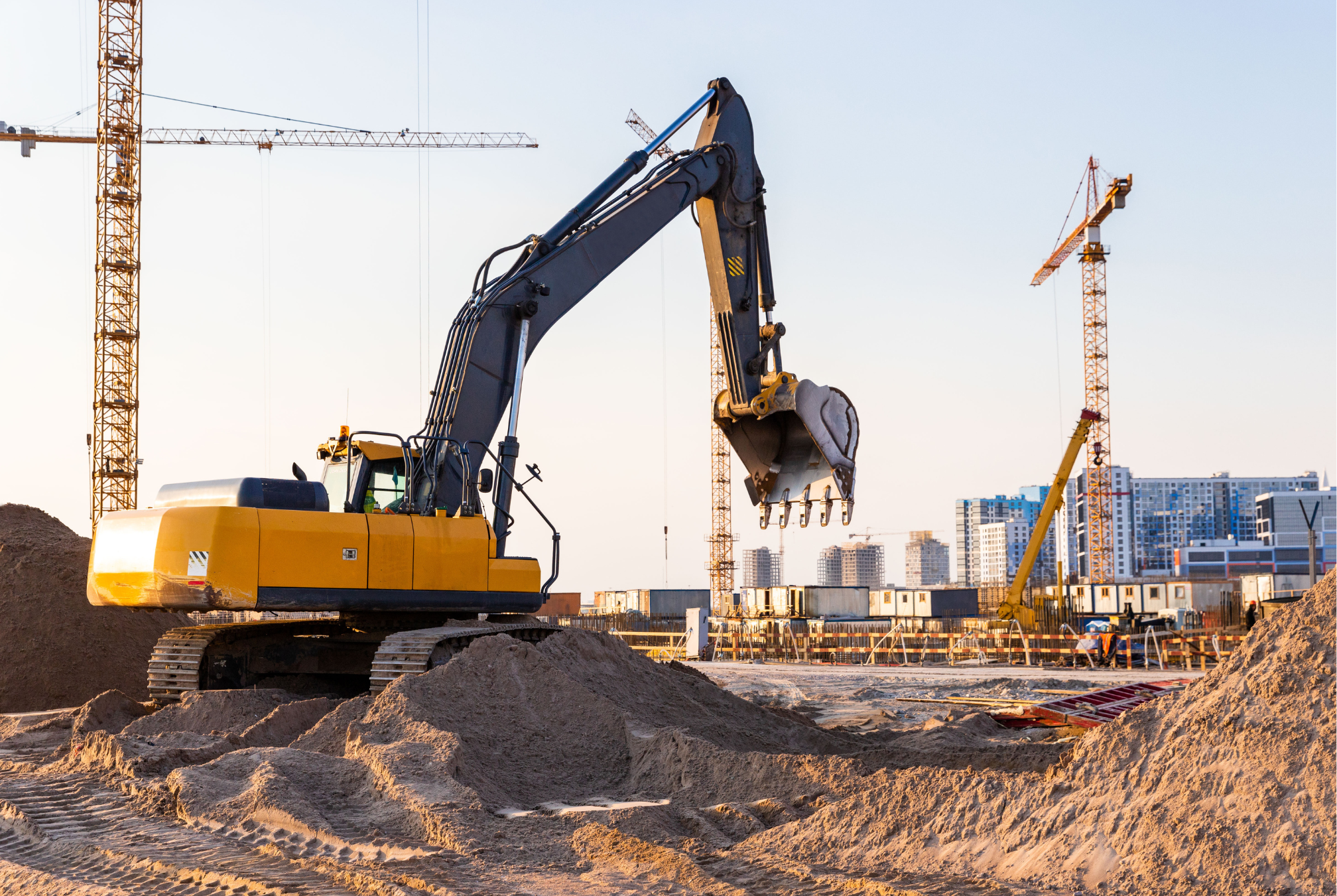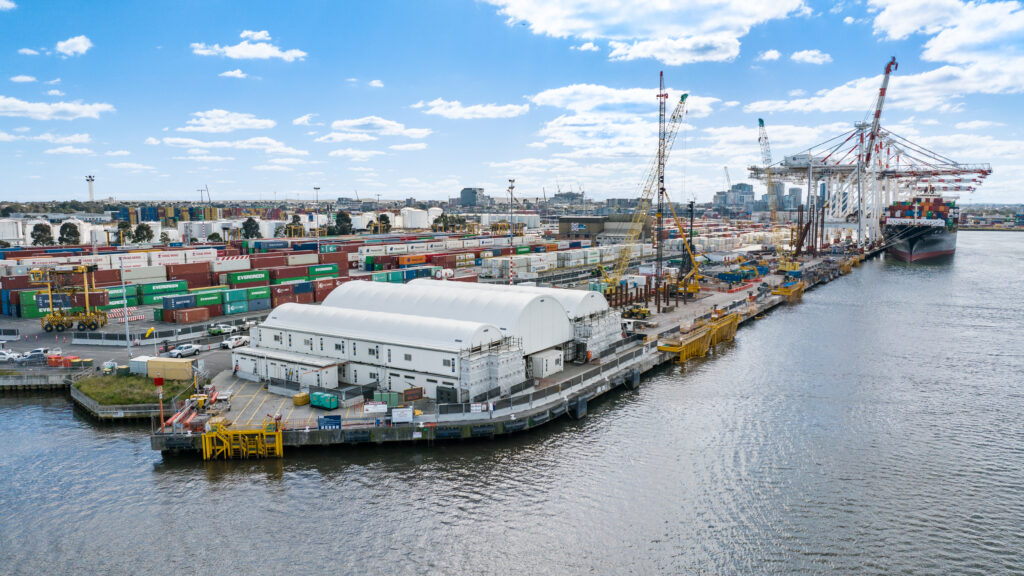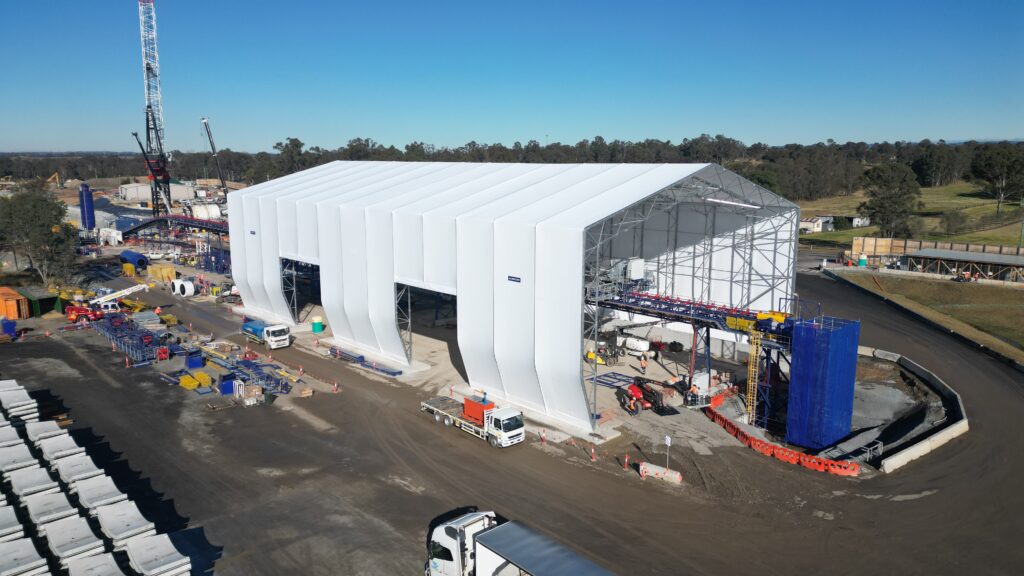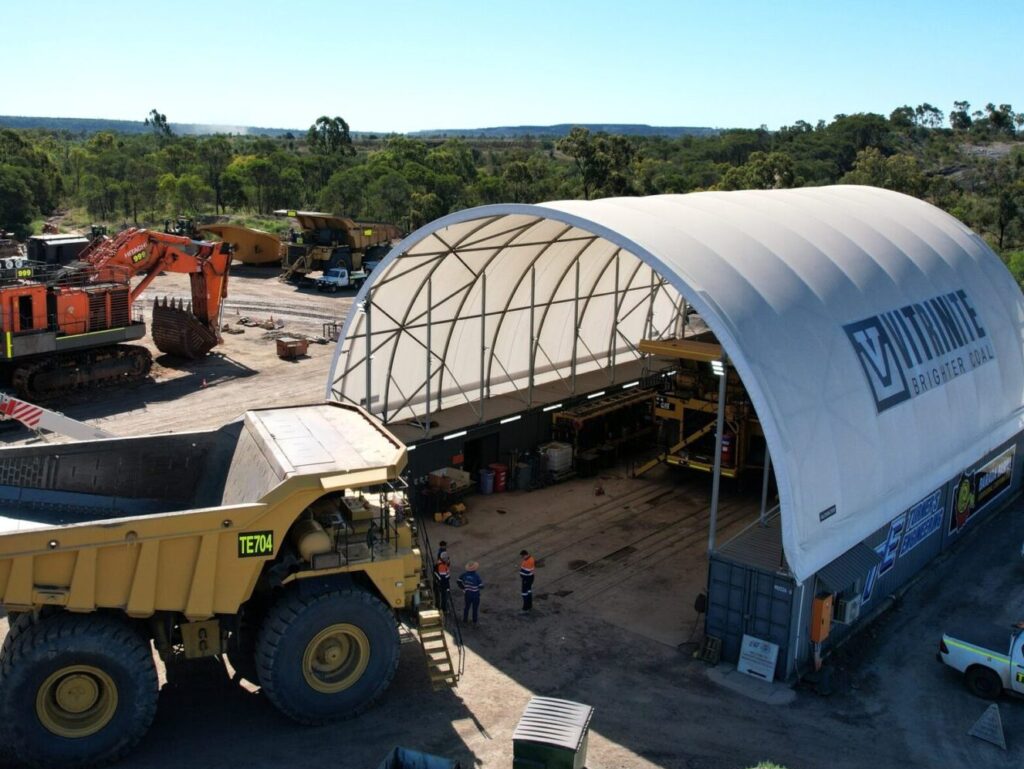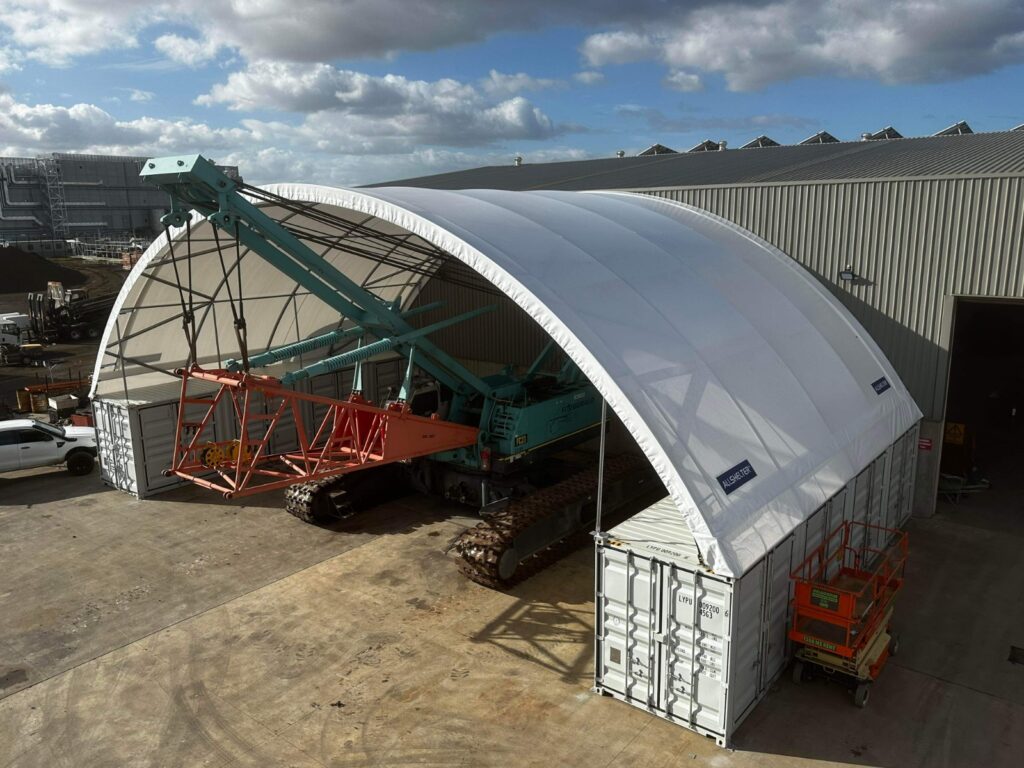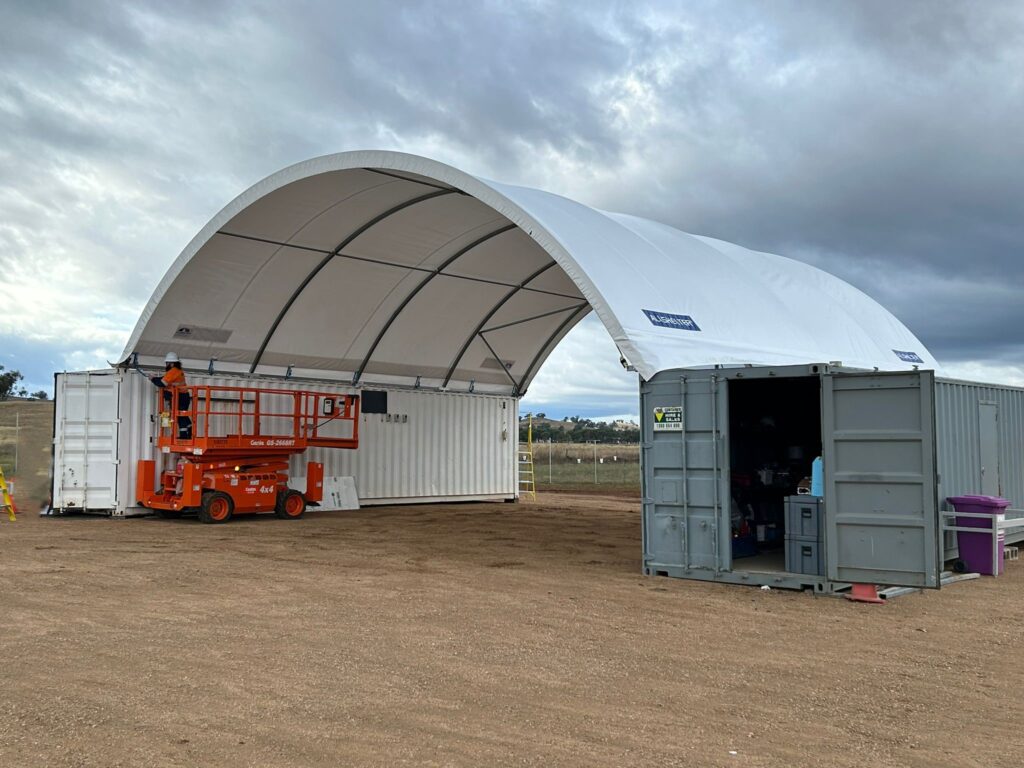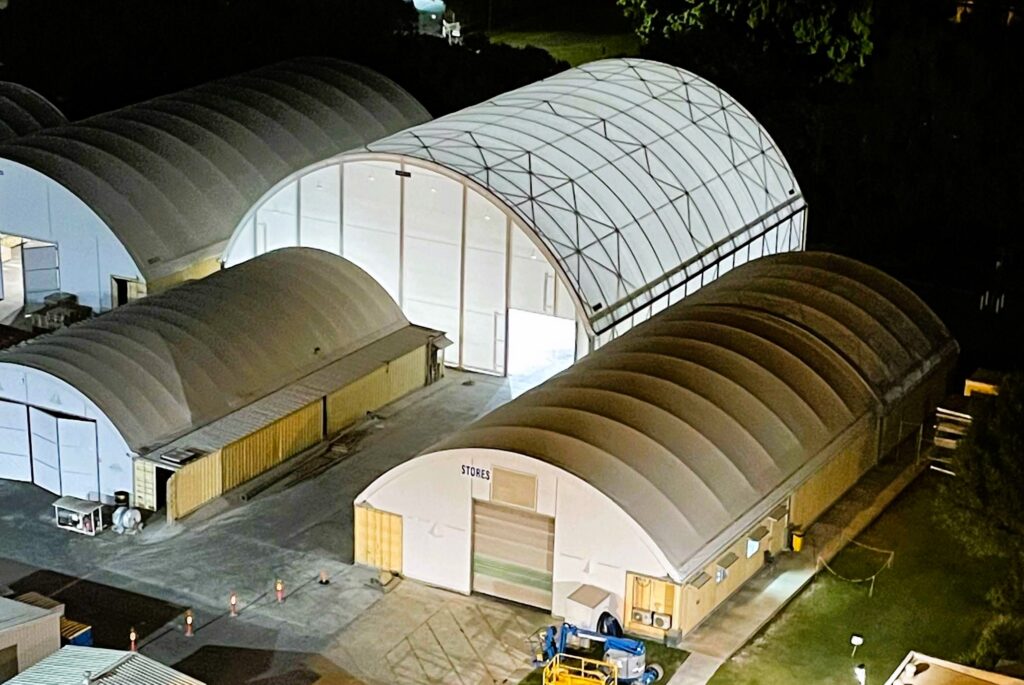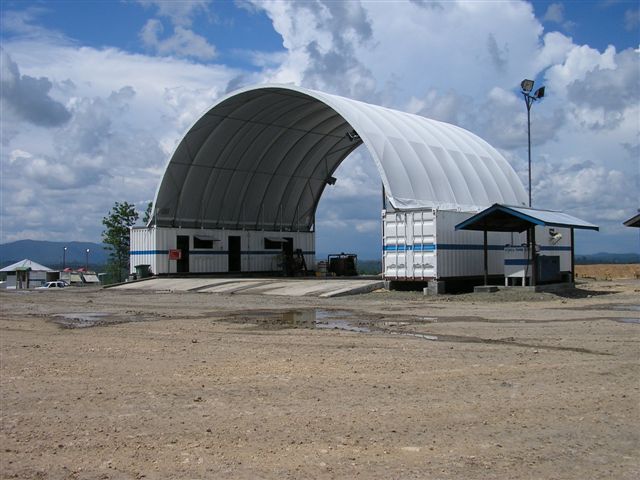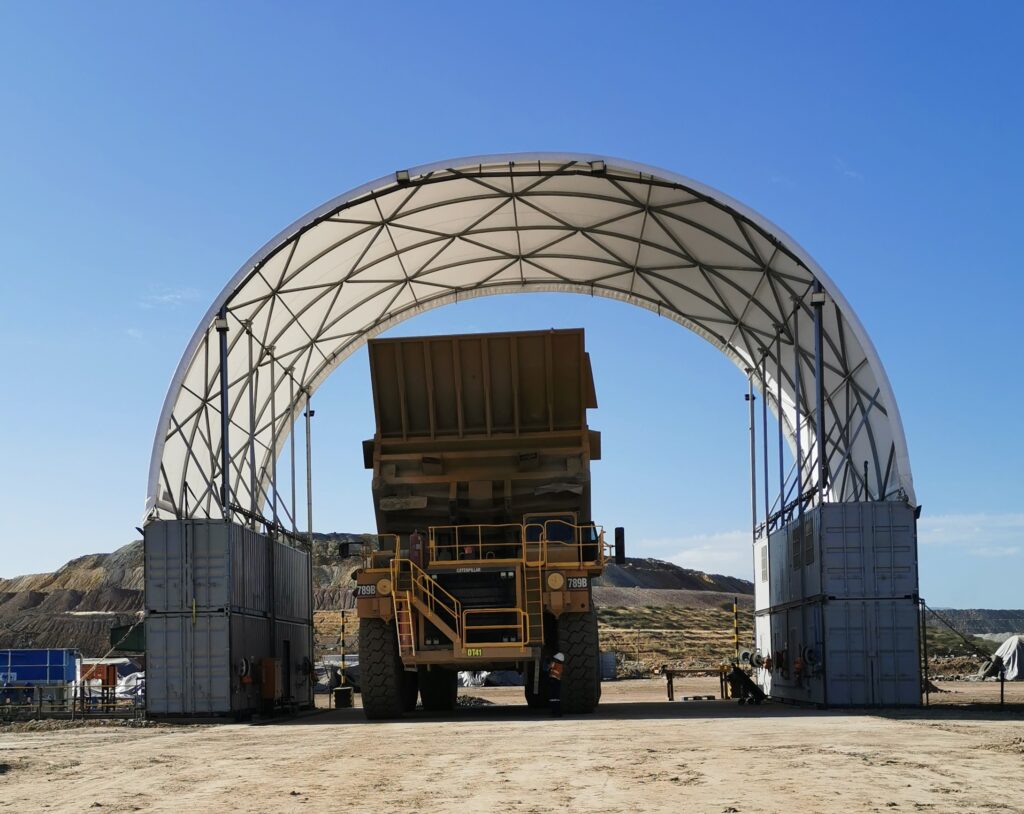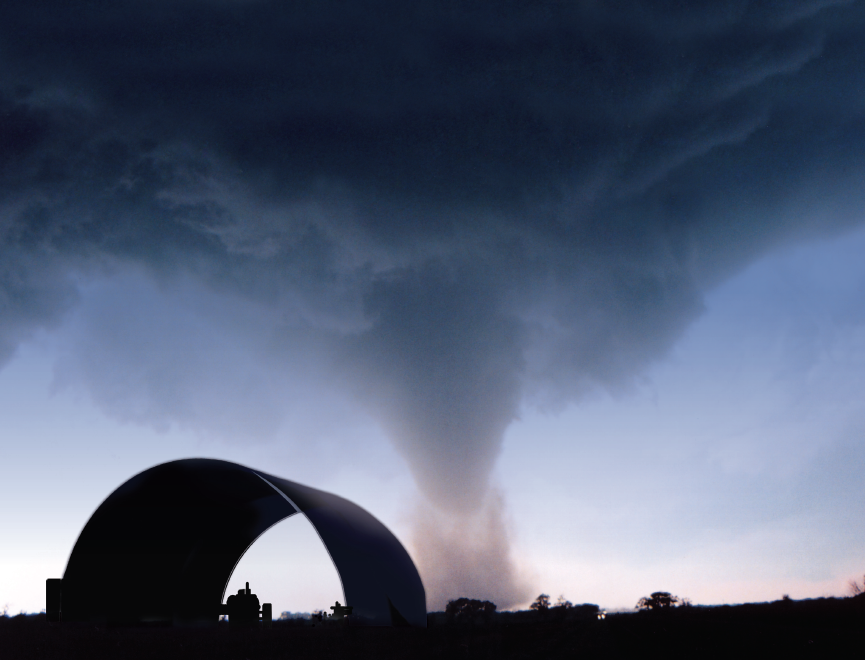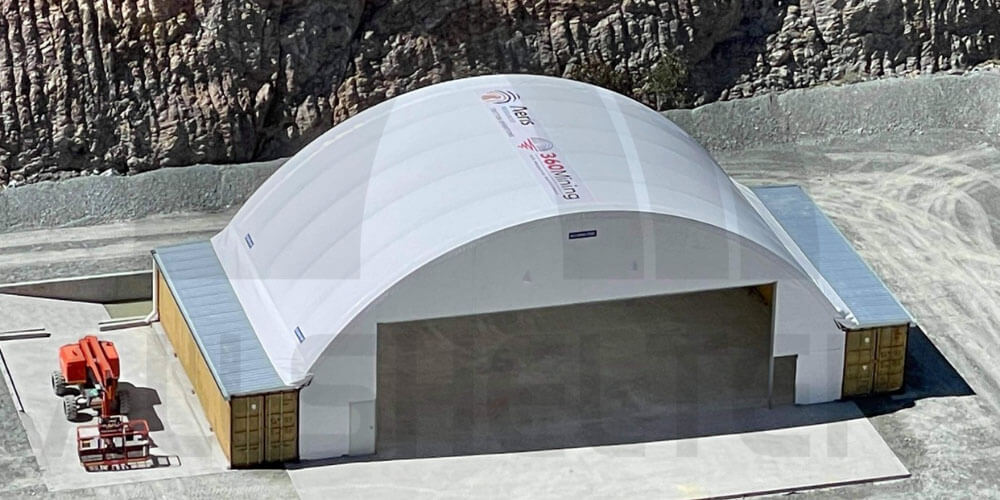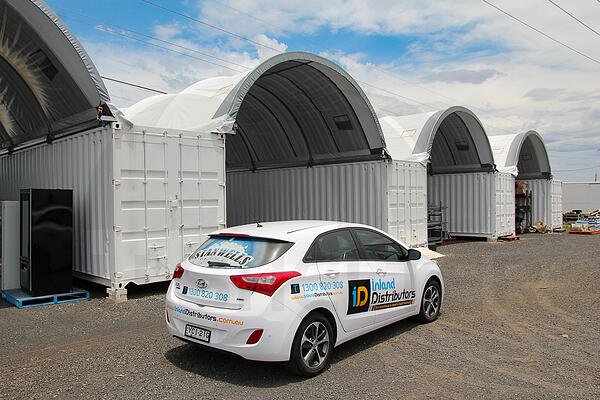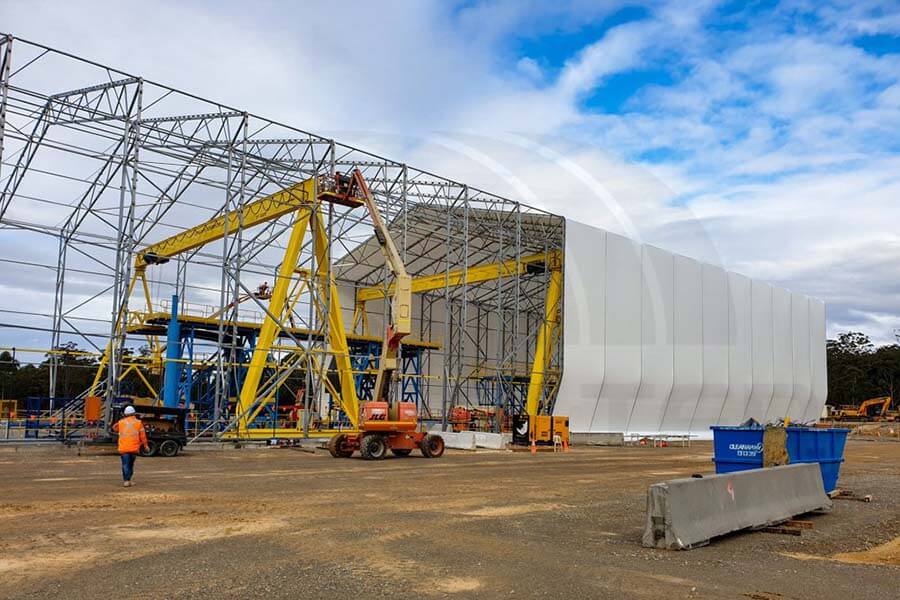Prioritising safety is paramount to the success of any project. Given the continual evolution of industry standards and the integration of technological advancements, modern construction sites necessitate a heightened focus on adhering to comprehensive safety protocols. In this article, we will explore some of the construction site safety guidelines every project should adhere to, thereby guaranteeing a secure working environment conducive to productivity and the well-being of all personnel involved.
1. Construction Site Safety Checklist
An extensive construction site safety checklist is crucial for maintaining a safe work environment. These checklists aid in identifying and reducing risks related to PPE, machinery safety, and emergency protocols. By integrating them into daily routines, construction teams can ensure they have the necessary PPE, equipment is well-maintained, and everyone is prepared for emergencies. Regular updates and adherence to these checklists are essential for ongoing safety and compliance with regulations.
2. Construction Site Safety Requirements:
Whether you are an employee of a construction firm, a sub-contractor or a visitor to a construction site, understanding and adhering to the site safety requirements is non-negotiable. Regulations and standards set by local authorities must be diligently followed to ensure the safety of all individuals involved. This includes obtaining the appropriate licences, training, and certifications for workers and compliance with building codes and safety standards. Complying with these requirements fosters a secure and protected working environment. It underscores the collective responsibility to uphold safety measures and safeguards against potential hazards, ultimately contributing to the overall success and integrity of the construction project.
3. Safe Work Method Statement (SWMS):
A Safe Work Method Statement is vital in guiding the safe execution of high-risk construction tasks. As a roadmap, it highlights potential hazards and details the essential control measures to manage risks effectively. Regular reviews and revisions of the SWMS guarantee its continued relevance and efficacy throughout the construction project.
4. Construction Project Healthy and Safety:
Embedding health and safety practices into the core of any construction project is paramount. This necessitates cultivating a culture of safety among all team members. Regular safety training sessions, toolbox talks, and awareness campaigns are vital for instilling a mindset where prioritising health and safety isn’t just a matter of policy but an ingrained aspect of the project’s essence. Making safety a fundamental component of the project’s DNA ensures construction teams commit to upholding standards and actively identify and mitigate potential risks. This helps in fostering a work environment that prioritises everyone’s well being.
5. Working Safely in High-Risk Construction Areas
Those working on construction sites are more at risk of being exposed to a range of hazards that can impact their health and safety. Working at elevated heights, such as on scaffolding or ladders, puts construction workers at risk of falls due to a lack of fall protection equipment or improper safety measures. Another significant risk involves heavy machinery and structures, increasing the potential for crushing injuries or suffocation. Different construction sites also pose the risk of exposure to hazardous substances if proper protective measures are not in place. Additionally, working outdoors in extreme temperatures can lead to heat or cold stress, resulting in dehydration, heatstroke, hypothermia, or frostbite depending on the weather conditions. Utilising fabric shelters can create a protective environment for construction workers, allowing them to work comfortably and safely while shielded from the elements.
Construction sites with high-risk factors require increased alertness and strict adherence to safety procedures. This includes areas with heavy machinery, elevated work platforms, confined spaces, and potential exposure to hazardous materials. When working in these areas, it is essential to have specialised training equipment to ensure the health and safety of workers.
The Utilisation of Fabric Shelters on Construction Sites
Container dome shelters offer a multitude of advantages to construction companies nationwide. Not only do they provide a sheltered and secure space for workshops and maintenance tasks, but they also serve as a practical solution for on-site equipment and tool storage. Featuring a versatile design and customizable size options, these shelters can be strategically positioned in close proximity to construction activities. With the flexibility to relocate as activities shift, they serve as an optimal choice for fulfilling equipment storage needs.. Moreover, container-mounted dome shelters not only provide protection from the elements but also double as a secure storage solution, empowering companies to maximise their utilisation of available space efficiently. Incorporating container dome shelters into their operations, construction firms bolster productivity and streamline logistics effectively. These shelters additionally safeguard valuable equipment and tools, ensuring their longevity and safety.
In the ever-evolving landscape of construction projects, staying updated on the latest safety guidelines is imperative. Following construction site safety guidelines enhances worker well-being and boosts project success and efficiency significantly.
